How to Make Your Internet Faster on Windows 10
If you ever run into the Windows 10 slow Internet problem, don't worry. It's often quite easy to fix…
6 fixes for Windows 10 Slow Internet
All the fixes below work in Windows 10; just work your way down the list until the Internet slowdown problem is resolved.
- Disable Peer to Peer Update
- Adjust the Internet Bandwidth Settings
- Update your WiFi drivers
- Repair system files
- Disable Windows Auto-Tuning
- Disable Large Send Offload
Fix 1: Disable Peer to Peer Update
Peer to Peer Update is a feature in Windows that allows your computer to share Windows updates peer-to-peer with other computers over the Internet, which can compromise our Internet connection, hence the sluggish Internet issue.
To disable Peer to Peer Update:
- On your keyboard, press the Windows logo key and R at the same time, then type control update in the box and press Enter.
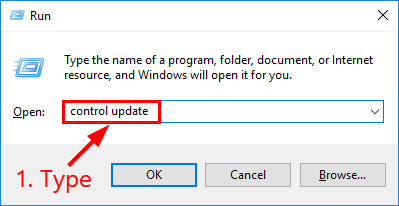
- Click Advanced options.

- Click Delivery Optimization(or Choose how updates are delivered depending on the build of your Windows 10).
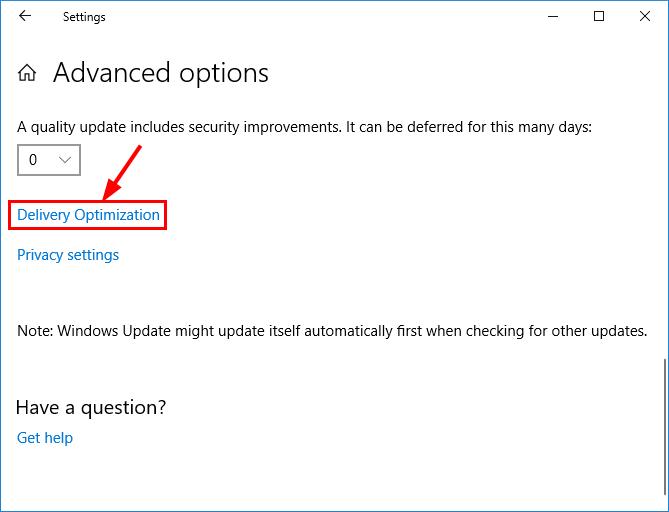
- Turn the Allow downloads from other PCs(Or Update from more than one place) toggle Off.
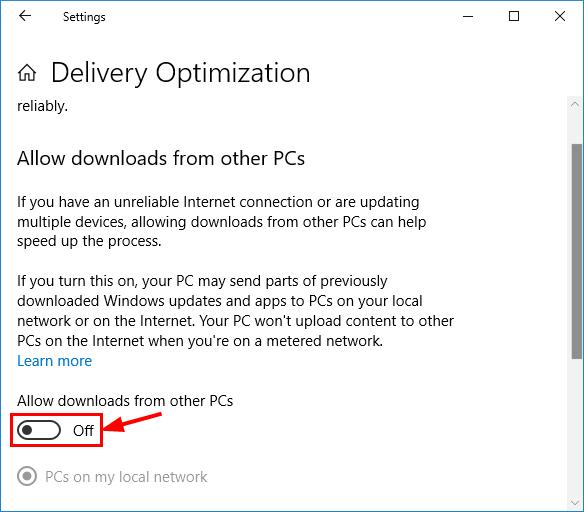
- Check if the Windows 10 slow Internet issue has been fixed. If yes, then great! But if the problem persists, move on to Fix 2, below.
Fix 2: Adjust the Internet Bandwidth Settings
By default, Windows reserves 20% of your bandwidth for Windows Update, system apps and other purposes, leaving you with 80% bandwidth of Internet connection. If you don't use Windows Update on a daily basis and the reservation limit slows your Internet down, then you can remove the limit by setting the value to 0.
Here's how to do it:
- On your keyboard, press Ctrl, Shift and Esc at the same time to open Task Manager.
- Click File > Run new task.
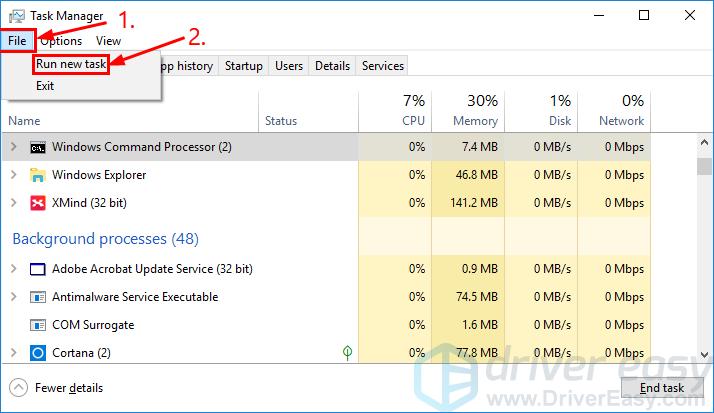
- Copy & pastegpedit.msc into the box, tick the box beforeCreate this task with administrative privileges and clickOK.
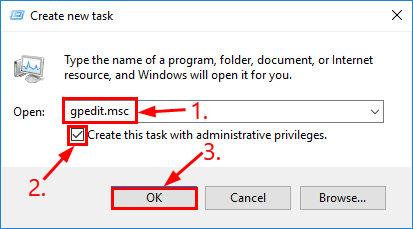
- UnderComputer Configuration, double-click on Administrative Templates > Network > QoS Packet Scheduler. Then double-click onLimit reservable bandwidth.
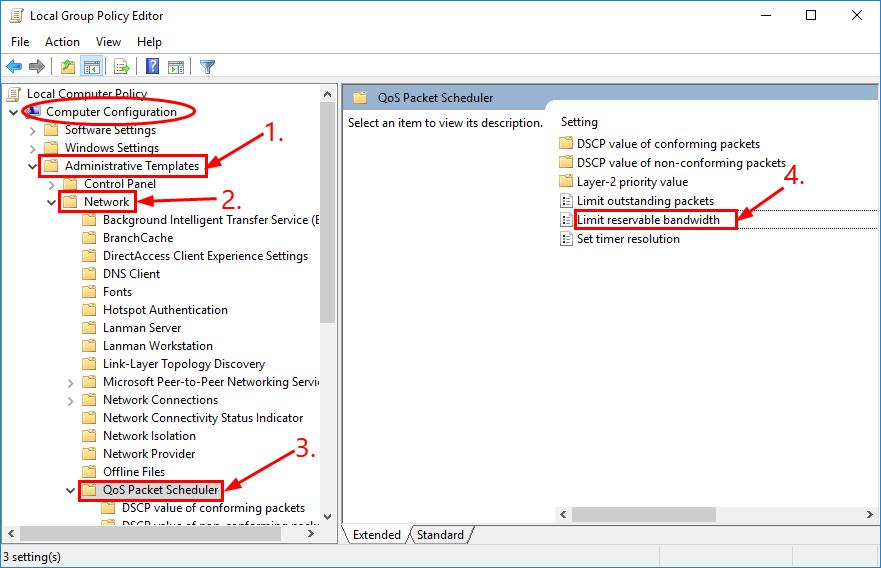
- Click the Enabled option and set Bandwidth limit (%) value to 0. Then click Apply > OK.
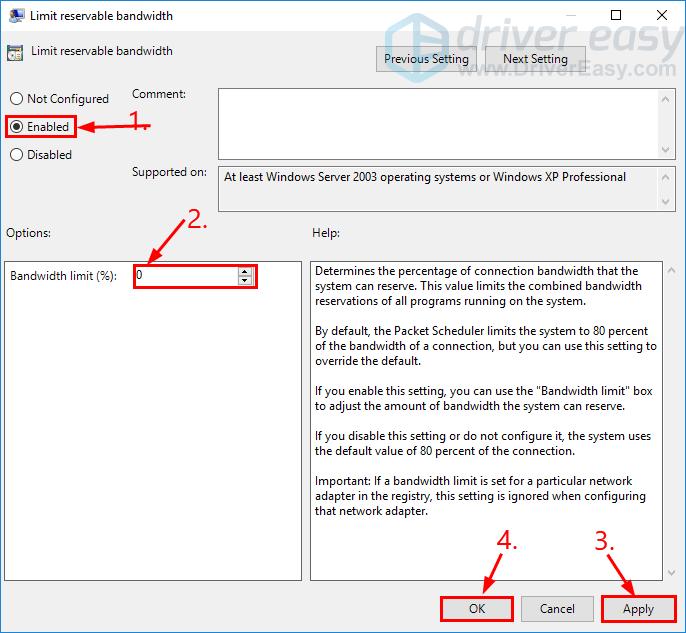
- Is your Internet getting any faster? If it's still grinding to a crawl, you should try Fix 3, below.
Fix 3: Update your WiFi drivers
This problem may occur if you are using the wrong/outdated WiFi drivers. So you should update your WiFi/network adapter driver drivers to see if it fixes your problem. If you don't have the time, patience or computer skills to update your drivers manually, you can do it automatically with Driver Easy.
Driver Easy will automatically recognize your system and find the correct drivers for it. You don't need to know exactly what system your computer is running, you don't need to risk downloading and installing the wrong driver, and you don't need to worry about making a mistake when installing. Driver Easy handles it all.
You can update your drivers automatically with either the Free or the Pro version of Driver Easy. But with the Pro version it takes just 2 clicks (and you get full support and a 30-day money back guarantee):
1) Download and install Driver Easy.
2) Run Driver Easy and click theScan Now button. Driver Easy will then scan your computer and detect any problem drivers.
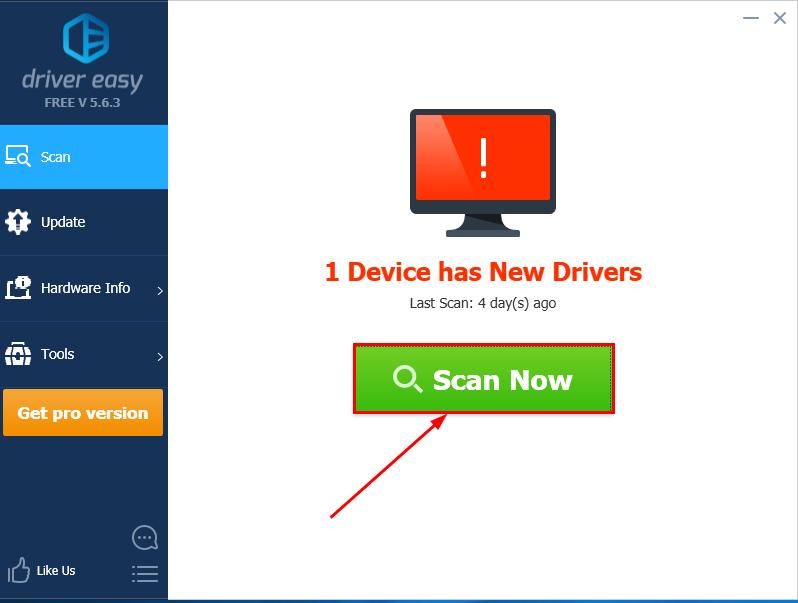
3) Click Update All to automatically download and install the correct version of ALL the drivers that are missing or out of date on your system (this requires the Pro version – you'll be prompted to upgrade when you click Update All).
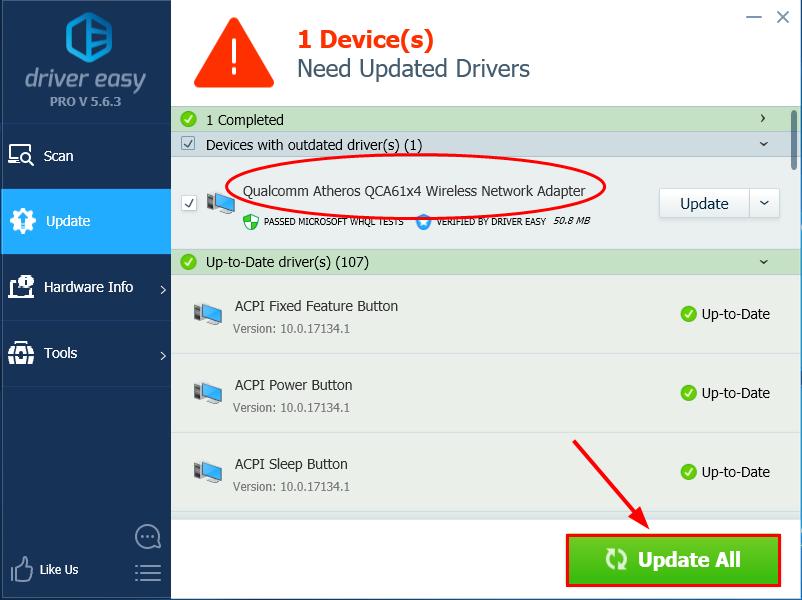
4) Restart your computer and see if theWindows 10 Slow Internet problem has been resolved. If yes, then congrats! If the issus still persists, please move on to Fix 4, below.
Fix 4: Repair system files
Missing, corrupt or damaged system files may reduce your internet connection speeds. To eliminate this issue as a possible cause, you can try the 2 ways below to repair possible system file issues.
- Repair & replace corrupt system files with Reimage
- Run SFC scan
Repair & replace corrupt system files with Reimage

The slow internet in your Windows 10 computer could be caused by corrupt system files. Reimage is a tool that auto-detects slow internet and specializes in Windows repairing.
With Reimage, the preliminary will scan your computer's operating system for virus, malware, missing, damaged, or corrupt files, then it removes all problematic files found and replace them new healthy files. It's like a clean reinstall of your operating system, except that you won't lose any user data and all programs, settings are exactly as they are before the repair.
Here's how to use Reimage to repair system files on your PC:
1) Download and install Reimage.
2) Open Reimage and clickYes.
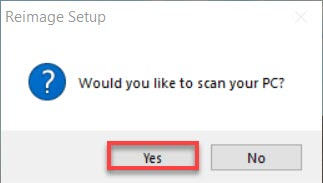
3) Wait for Reimage to run a scan on your PC. The process might take a couple of minutes.
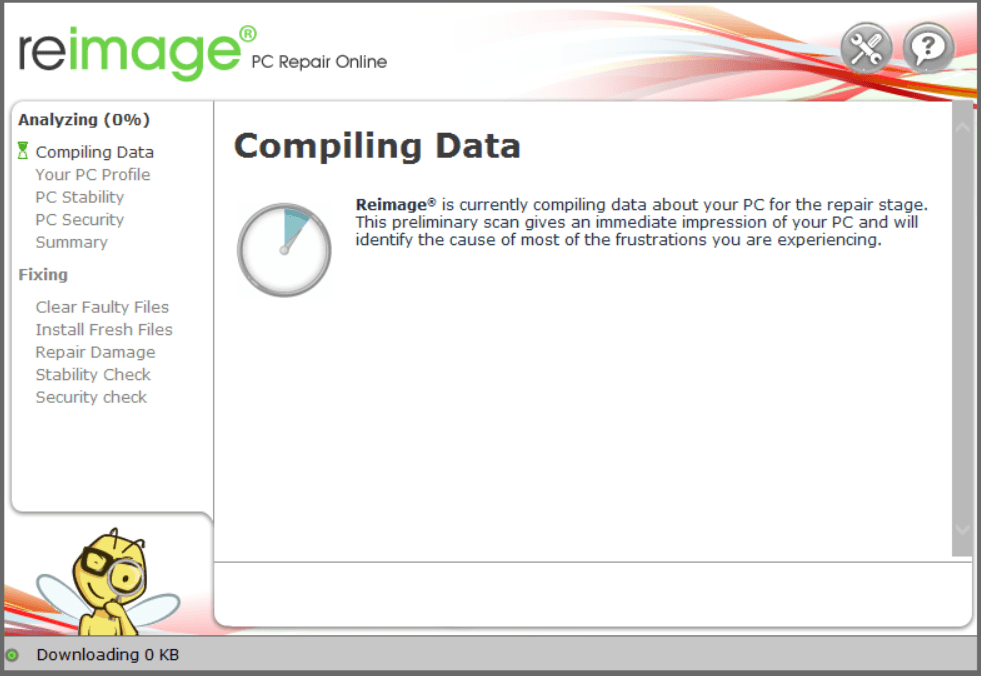
4) Once the scan finishes, you will get a summary of the issues found on your computer. If you need to proceed with the repair function, you'll be required to purchase the full version.
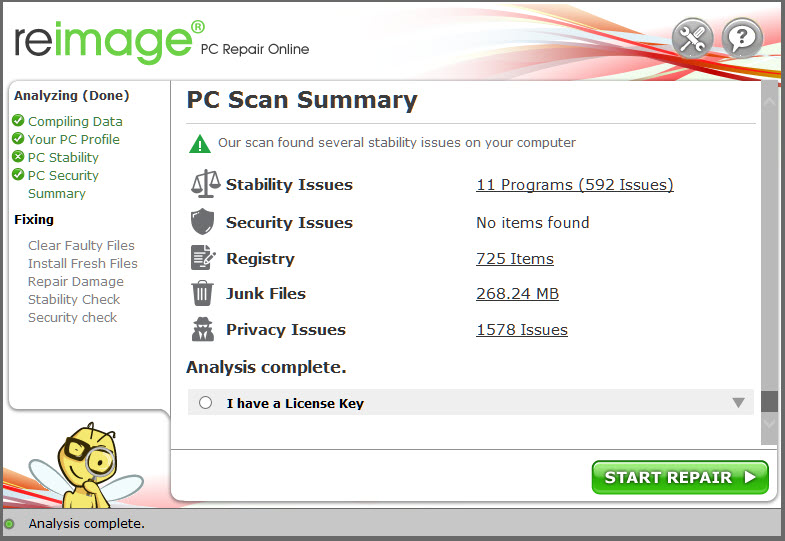
The full version of Reimage comes with a 60-day money-back guarantee and full custom support. If you run into any problems while using Reimage, or if it doesn't work for you, don't hesitate to contact Reimage support team.
5) Restart your computer for the changes to take effect.
6) Check your computer to see if the internet speed has returned to normal.
Run SFC scan
System File Checker (SFC) is a handy feature in Windows that helps scan your system files and repair missing or corrupted system files(including those related toBSOD). Torun the SFC scan:
1) On your keyboard, press the Windows logo keyand typecmd. Then right click onCommand Prompt and clickRun as administrator.
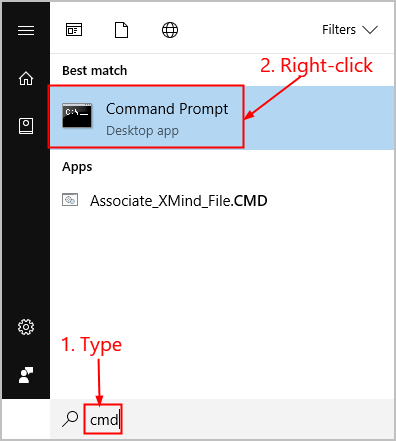
2) Click Yes when prompted to confirm.
3) In the command prompt window, type sfc /scannow and pressEnter.

It'll take some time for the SFC to replace the corrupted system files with new ones if it detects any, so please be patient.
4) Restart your computer for the changes to take effect.
5) Check your computer to see if the Windows 10 slow internet problem has been fixed. If yes, then congrats! If the issue still persists, please move on to Fix 5, below.
Fix 5: Disable Windows Auto-Tuning
Window Auto-Tuning is a feature in our Windows 10 to allow for more efficient data transfers. But it can also interfere with the network and cause loss of connectivity. So to disable the feature:
- On your keyboard, press the Windows logo key and type cmd. Then right click on Command Prompt and click Run as administrator.

ClickYes when prompted to confirm. - Copy & pastenetsh interface tcp show global into the window and press Enter. Then check if Receive Window Auto-Tuning Levelis set to normal.
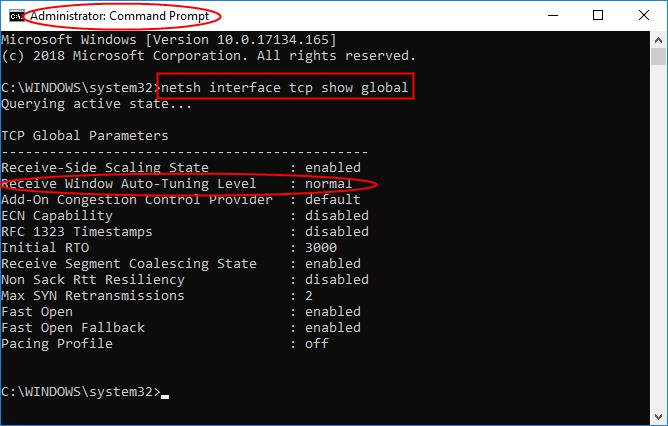
- If yes, you'll have to copy & paste netsh int tcp set global autotuninglevel=disabled into the window and press Enter to disable it.
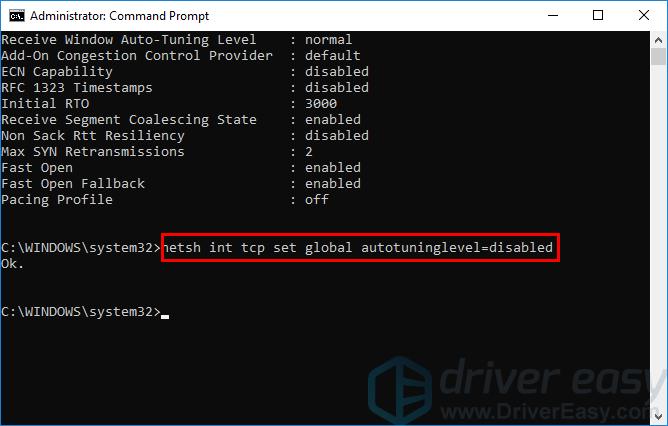
- Check to see if your Windows 10 slow Internet problem has been solved. If the issue still lingers on, don't worry, here's one more fix to try.
Fix 6: Disable Large Send Offload
Large Send Offload(LSO) is another feature in Windows designated for better network performance. Well-intended, but then the whole thing of allowing background apps to consume large amounts of network bandwidth is the reason why our Internet speed takes a hit. To disable LSO:
- On your keyboard, press the Windows logo key and R at the same time, then type devmgmt.msc into the box and press Enter.
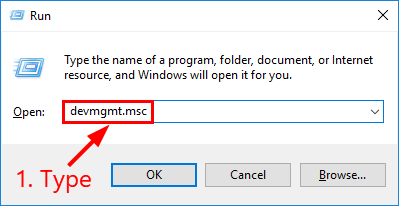
- Double-click on Network adapters > your network adapter.

- Click the Advanced tab, then clickLarge Send Offload V2 (IPv4) and set the value to Disabled.
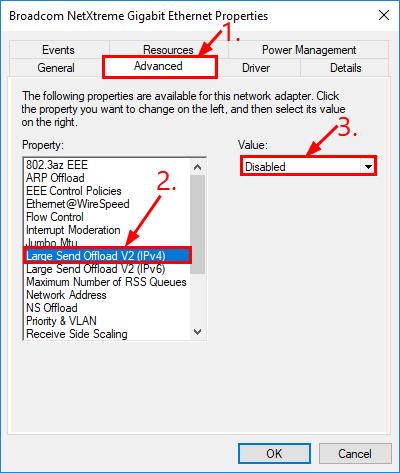
- ClickLarge Send Offload V2 (IPv6)and set the value to Disabled. Then click OK.
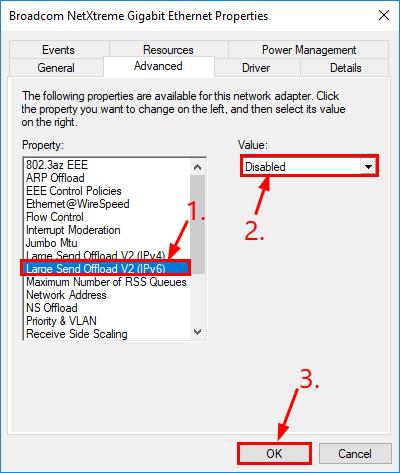
- Hopefully yourWindows 10 Slow Internet issue has been resolved successfully.
There you have it – 6 useful fixes for your Windows 10 Slow Internet problem. Hope this helps and feel free to comment below if you have any further questions. 🙂
336
336 people found this helpful
Available in other languages
Funktioniert Ihr Internet nicht normal und läuft alles ganz langsam? Keine Sorge. Hier finden Sie 7 Tipps, um Ihr Internetgeschwindigkeit zu erhöhen.
Quand vous rencontrez les problèmes d'Internet lent, vous pouvez essayer les correctifs dans ce texte pour booster votre connexion Internet.
How to Make Your Internet Faster on Windows 10
Source: https://www.drivereasy.com/knowledge/easy-fix-windows-10-slow-internet/